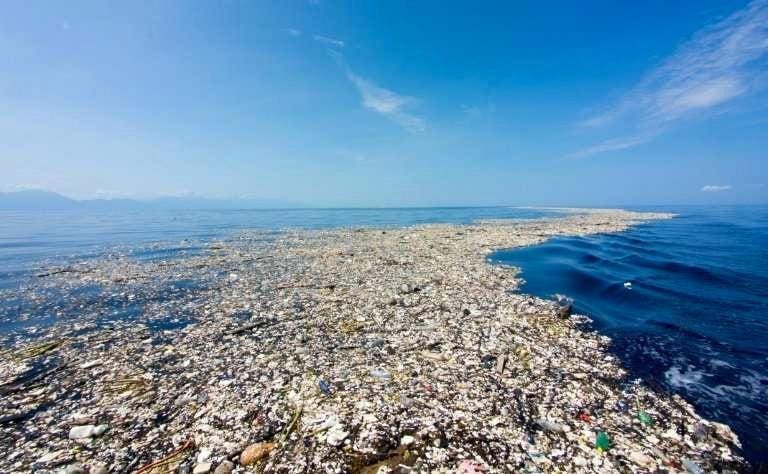
The Great Pacific Garbage Patch is a silent, worsening crisis that has captured the attention of environmentalists and concerned citizens. It is one of the most glaring manifestations of marine pollution.
Covering waters from the West Coast of North America to Japan, the GPGP, also known as the Pacific trash vortex, is an enormous collection of floating debris that poses a significant threat to marine life and ecosystems.
It is not a solid mass but rather a concentration of marine debris, primarily consisting of plastics, suspended in the central North Pacific Ocean. Spanning an area estimated to be twice the size of Texas, the patch is a testament to the consequences of irresponsible human consumption and waste disposal.

The patch is a result of the North Pacific Subtropical Gyre*, a system of rotating ocean currents that trap and accumulate floating materials. Mismanaged plastic waste from coastal areas, rivers, and shipping activities contributes to the accumulation of debris in this vast region.
The consequences and negative impact of this accumulation are dire. Marine life, from the smallest plankton to the largest whales, faces the threat of entanglement and ingestion of this plastic debris. The chemicals released from degraded plastics further contaminate the water, affecting the entire marine food web.
The Ocean Cleanup initiative estimates there are about 1.8 trillion pieces of plastic in the patch that weigh an estimated 80,000 tonnes. The National Ocean and Atmospheric Administration’s Marine Debris Program has estimated that it would take 67 ships one year to clean up less than one percent of the North Pacific Ocean.
*Gyres are large systems of circular ocean currents, particularly prominent in the subtropical regions.







